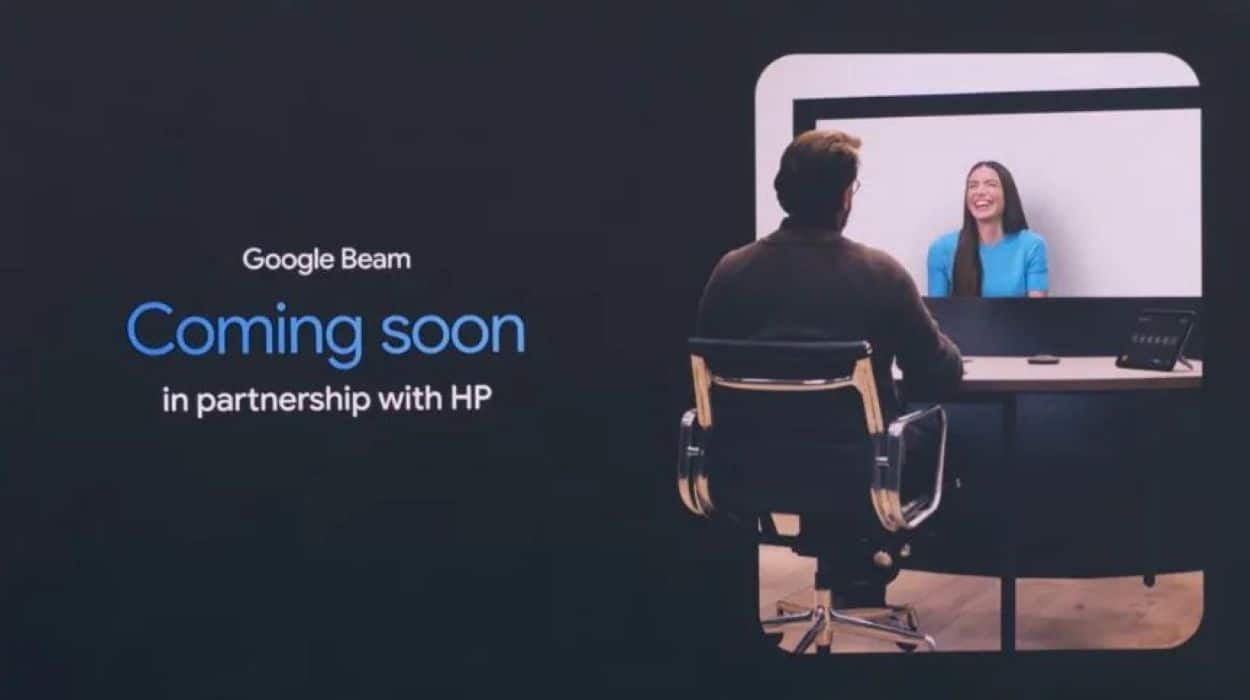At Google I/O 2025 on May 20, Google unveiled Google Beam, an innovative AI-driven 3D video communication platform developed from its Project Starline initiative. Beam transforms standard 2D video calls into immersive, lifelike 3D experiences using Google Cloud and advanced AI technologies to ensure enterprise-grade reliability. Scheduled for launch with HP devices later in 2025, Beam aims to redefine virtual collaboration.
Google Beam uses six integrated cameras to capture users from multiple angles, creating a 3D light field display with AI-driven volumetric video modelling. This technology renders realistic 3D visuals at 60 frames per second, with head-tracking accurate to the millimetre, enabling natural eye contact and subtle nonverbal cues. The platform’s depth and dimensionality enhance communication, making virtual meetings more like in-person interactions.
Hi Google Beam👋! What started as Project Starline has evolved into a revolutionary 3D video communications platform. The combination of our AI video model and light field display allows you to make eye contact and read subtle cues as if you were face-to-face 🤯… pic.twitter.com/VlsIZz9Uzx
— Google AI (@GoogleAI) May 20, 2025Google Beam’s Features and Future Capabilities
Beam’s AI-powered features include spatially accurate audio and the potential for real-time speech translation, which Google is also rolling out to Google Meet. Designed for compatibility with existing workflows, Beam supports enterprise needs with robust performance. Google plans to showcase Beam devices at InfoComm 2025 in June, with early customers like Deloitte, Salesforce, and Duolingo gaining access later this year.
Initially unveiled at Google I/O 2021, Project Starline aimed to deliver 3D video communication with natural-scale visuals and eye contact. While the original vision faced challenges, Google repurposed the technology to create Beam, an AI-first platform that builds on Starline’s foundation. The collaboration with HP marks a significant step toward mainstreaming 3D video conferencing.
Google Beam addresses the limitations of traditional video calls by offering a more intuitive and engaging experience. Its enterprise focus positions it as a game-changer for industries requiring high-quality remote collaboration. As Google continues to innovate, Beam could set a new standard for virtual communication, blending AI, hardware, and cloud technology.
For more details on Google Beam and its rollout, visit Google’s official blog or follow trusted tech news sources.






